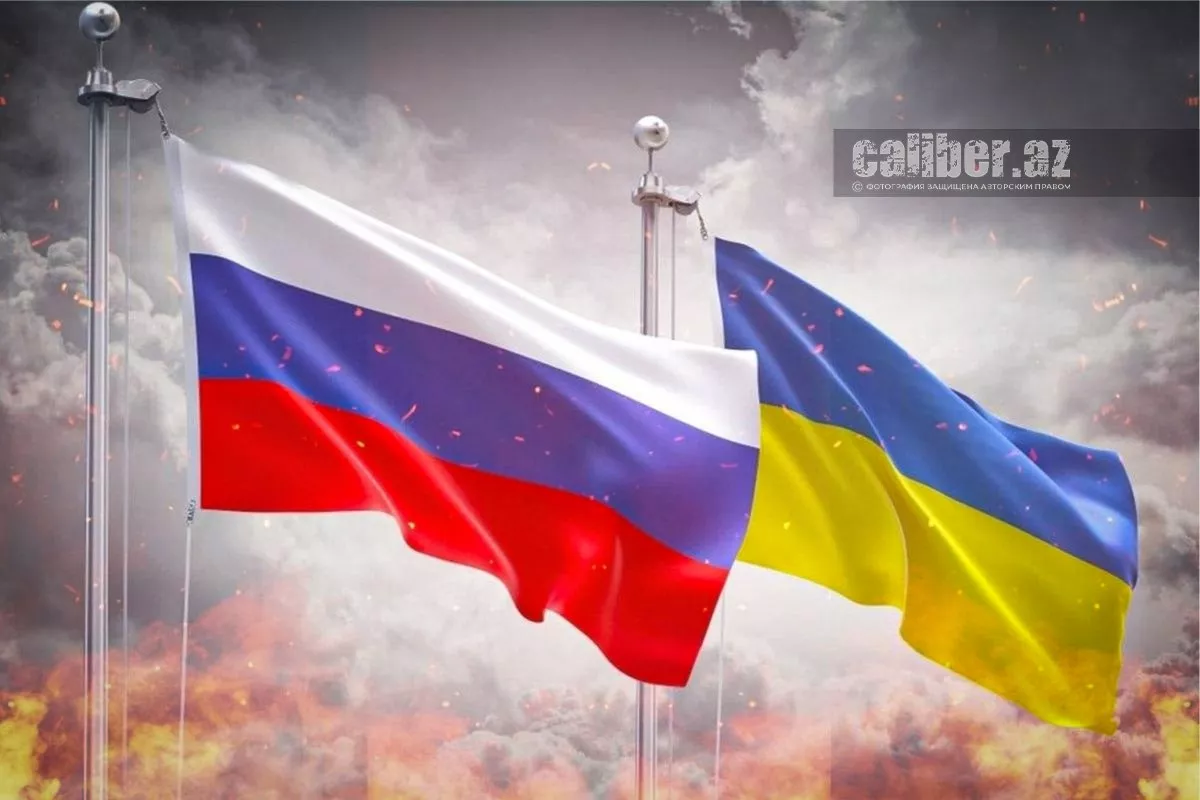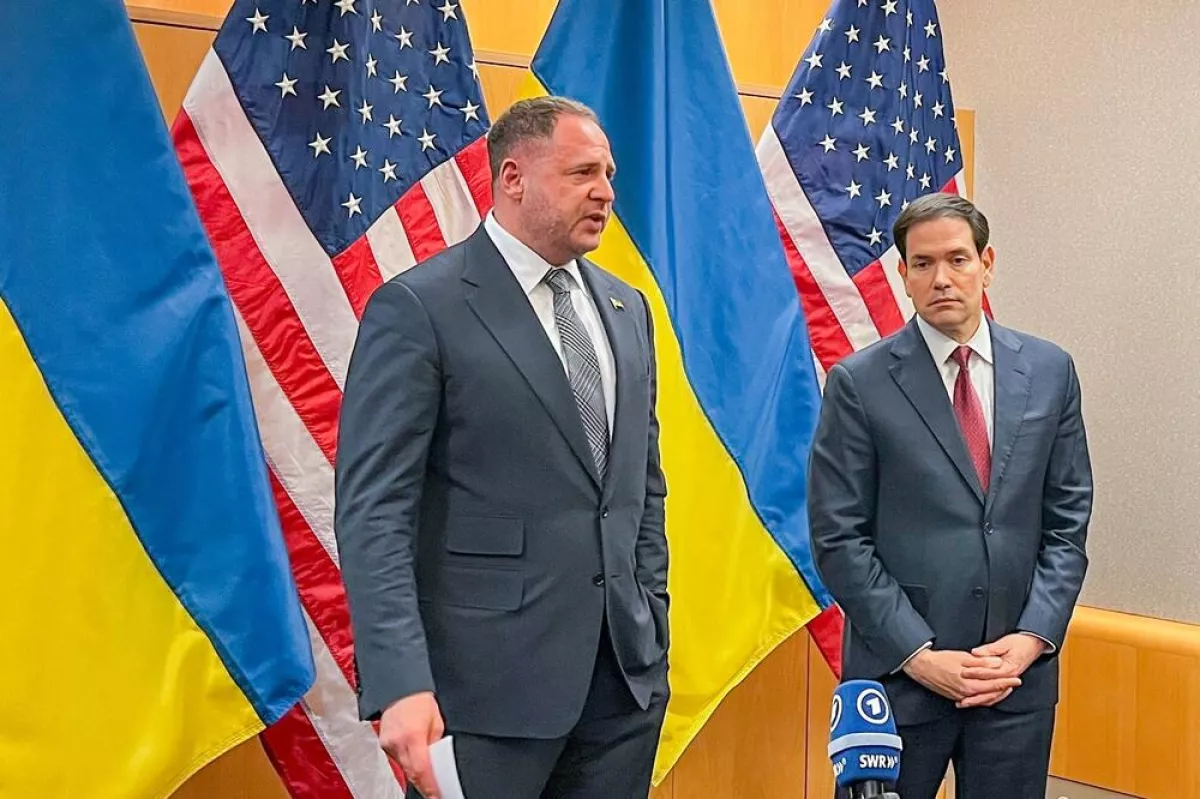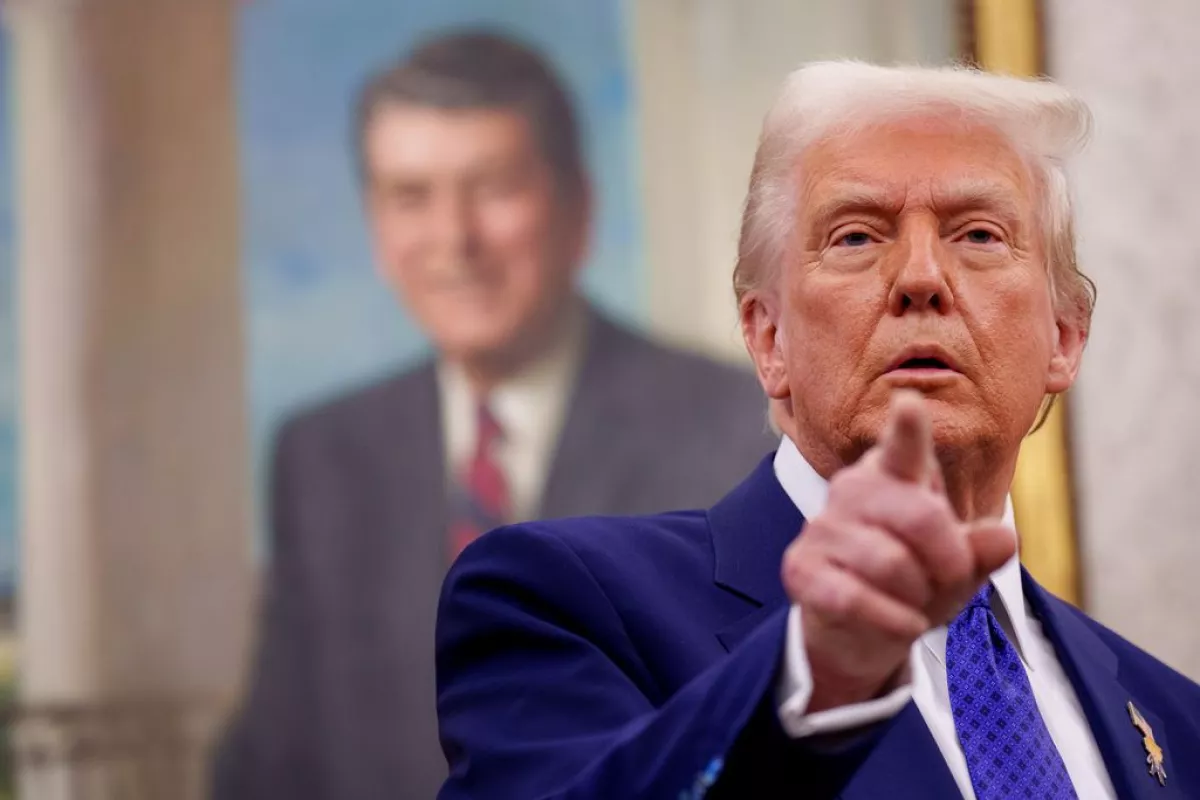Trump’s swing The American plan and Geneva negotiations
Perhaps no diplomatic initiative regarding the Russia-Ukraine war has generated as much excitement as Trump’s new peace plan. It should be emphasised, however, that the project, initially consisting of 28 points, is less a concrete plan than a somewhat chaotic collection of proposals—sometimes vague, unclear, or even contradictory.
To avoid dispersing attention across all points, it makes sense to focus on the main sticking point between the parties: the territorial issue. According to the plan, “Crimea, Luhansk and Donetsk will be recognized as de facto Russian, including by the United States.” This raises the question: what does “de facto” recognition mean in this context? After all, de facto recognition does not require formal documentation. And could such recognition, once formalised, effectively become de jure recognition?
Another paragraph states that “Ukrainian forces will withdraw from the part of Donetsk Oblast that they currently control, and this withdrawal zone will be considered a neutral demilitarized buffer zone, internationally recognized as territory belonging to the Russian Federation. Russian forces will not enter this demilitarized zone.” What is meant here by “internationally recognized as Russian territory”? This appears to refer to the same territory mentioned above, but now implies international, i.e., de jure, recognition.

It seems that the text of this project was deliberately drafted in such a way that it could be revised for a long time—in short, to buy time. However, one thing can be stated with certainty: Moscow’s position on the territorial issue has shifted since the summer of 2024 and is now less demanding. It no longer insists on the withdrawal of forces from all four Ukrainian regions that Moscow has legally declared as “its own.”
At the same time, as we have repeatedly noted, Russia’s softened stance does not automatically improve Ukraine’s position. After all, for any leader, it is extremely difficult to issue an order to give up sovereign territory.
The plan was met with hostility both in Kyiv and in European capitals. Yet, in both cases, authorities chose not to antagonise Trump and stated that “the plan needs further work.” This was a wise approach, as Trump not only proposed the plan but also set a deadline for Kyiv to accept it: November 27, the American national holiday of Thanksgiving. The symbolism of this date needs no further explanation, as Trump and his team have often accused the Ukrainian leader of ingratitude. The latest such remark came from Trump almost at the same time as US Secretary of State Marco Rubio met with Andriy Yermak, Head of the Office of the President of Ukraine, in Geneva on November 23.

This meeting deserves particular attention.
Following the talks, Andriy Yermak noted their productivity. Moreover, the final statement emphasised that both sides recognised the consultations as productive:
"They reaffirmed that any future agreement must fully uphold Ukraine’s sovereignty and deliver a sustainable and just peace."
According to Rubio, who briefed journalists after the meeting, several issues still need to be resolved before the US peace plan can be adjusted. In particular, the role of the European Union and NATO in conflict resolution remains to be discussed. Rubio also stated that the negotiations produced a “foundational document”, which will now serve as the basis for further work. The document itself has not yet been published, and its contents remain speculative, though it can be assumed that Russia’s demands have been scaled back.

According to Western media, Ukrainian President Volodymyr Zelenskyy may soon visit Washington to finalise the negotiations.
Meanwhile, European actors, both through consultations with Zelenskyy and via their own channels, are reportedly doing everything they can to prevent the plan from becoming a reality. Rumours also suggest that the plan sparked intense debates within the White House, and that Rubio, allegedly at personal risk, “corrected the situation” in Geneva to protect the administration’s reputation, which had been tarnished by the “adventurist and pro-Russian Witkoff-Kushner plan.”
All of this seems greatly exaggerated. The notorious infighting within the American team has a common denominator, and it is called President Donald Trump. Thus, the White House’s apparent swings from one side to the other are not the result of team discord, but rather a deliberate strategy by Trump. He alternately, and sometimes simultaneously, pressures both warring parties to bring them toward a ceasefire.
Even now, by imposing sanctions on Russian oil giants on one hand and initiating a corruption scandal in Ukraine on the other, Trump has laid out his 28-point plan. Moreover, he drafted it in a deliberately contradictory manner to give himself time to continue applying pressure on both sides. He fully understands that neither Moscow nor Kyiv will be in a rush to sign it immediately.
P.S. While this material was being prepared for publication, it became known that after talks in Geneva, the U.S. proposed an updated version of the peace plan for resolving the Russia-Ukraine conflict. Initially, the plan contained 28 points; now it has 19, according to a Ukrainian source close to the negotiations. The exact points that were removed have not been specified.








